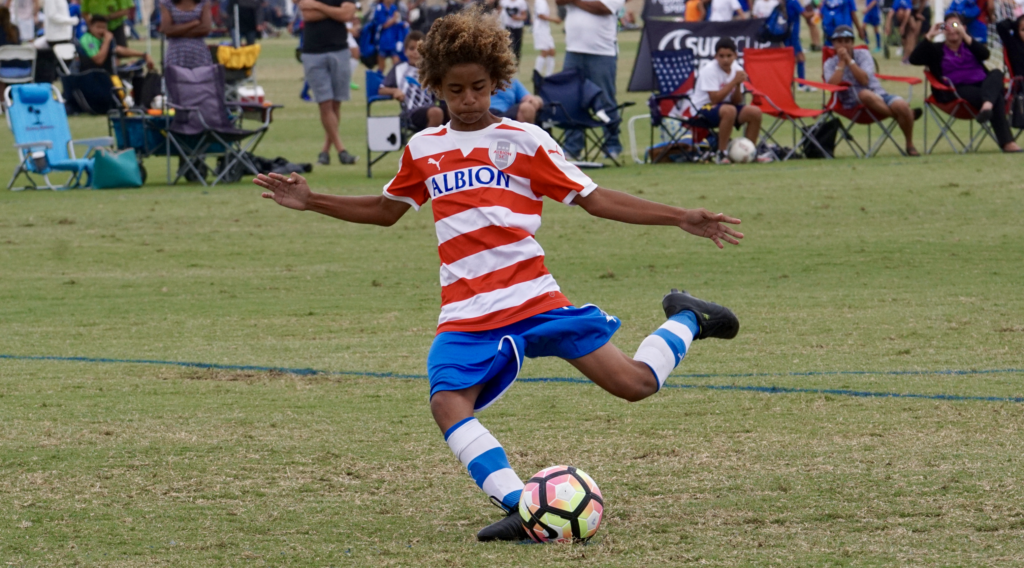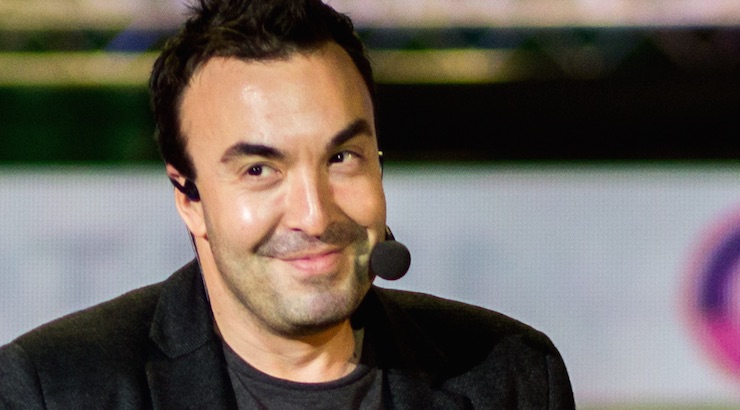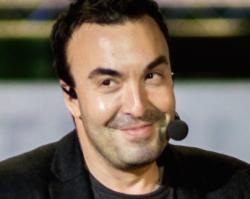Soccer Advice From A Pro: How To Take Great Penalty Kicks
As the seasons roll by, the one constant — regardless if it is youth soccer tournament season or just league season, youth soccer games often end in penalty kicks — and many coaches agree this can lead to any outcome.
Here is a special article from SoccerToday’s columnist Dan Abrahams on how to take great penalty kicks. Yes, there are tricks that work for the players in EPL and MLS, and they can work for youth soccer players too!!
A global sport psychologist and author specializing in soccer, Abrahams is based in England and has helped hundreds of soccer players – many of them who play in the English Premier League (EPL) and others professional soccer players who play all across Europe. A recent example of his work includes helping Yannick Bolasie make an enormous impact on the EPL for Crystal Palace. Abrahams has held contracts with QPR, Fulham, and West Ham United among other clubs and works quietly, behind the scenes with many coaches from top clubs across the Atlantic.
No doubt youth soccer players or the players you coach will have to take a penalty at some point this season, especially in highly competitive youth soccer tournaments. There is a lot of pressure on the youth soccer players to perform as they walk up to the goal and prepare to kick the ball as everyone’s eyes are glued to them. The weight of the world hangs in the balance, or it can seem that way for a few long-lasting seconds as they strike the ball. The PK will either be successful or not. Remember – the goalie is under a lot of pressure too.
Confidence is important. Staying calm and focused. Remember the practices you have done.

Here is my quick guide to dealing with that oh so pressured kick:
- Make a decision and stick with it. Decide where you’re going to place the ball and avoid changing your mind.
- Pick a small target.
- Picking a small target helps focus your efforts – it’s the way the nervous system and brain works best.
- Keep your target in mind but don’t make it obvious to the keeper where this might be.
- Use your third eye (the picture you house in your mind) to keep the target in your thoughts.
- Have a consistent run up. Whether its 2 paces, 5 or 10 keep it consistent every time.
- Trick your mind into confidence.
- Science is showing us that you can use your body language to helping your mind release the kind of hormones that help you feel confident and increase your certainty.
- Stand ‘tall and confident’ just before you start your run up.

- Focus on getting a great strike.
- Under pressure the body tends to freeze up and lose its ability to coordinate itself efficiently. A lot of penalties are saved because they aren’t very well struck and therefore lack the power needed to beat the keeper.
- Your brain knows where your target is – your job is now simple; get a great strike on the ball.
- Keep it down – alongside getting a great strike focus on keeping the ball down.
- The brain is keen to see the outcome of your penalty effort and will naturally start to lift up as you strike the ball. This can lead to a shot that sails over the bar.
- Strive to get a great strike while keeping the ball down – simple!
- Remember who has the power. Finally – when all is said and done, if the keeper guesses correctly he or she may well save your penalty. You can’t control what the goalie does – only what you do.
- If you miss but you’ve executed the points outlined above, there isn’t much more you could have done. Move on!
Mistakes are inevitable in soccer – Learn to live with them and make them work for you.
NEXT: Be Focused Not Fearful
Dan Abrahams is a global sport psychologist specializing in soccer. He is based in England and has some of the leading turn-around stories and case studies in English Premier League history.
Abrahams is sought after by players, coaches and managers across Europe and his 2 soccer psychology books are international bestsellers. He is formerly a professional golfer, is Lead Psychologist for England Golf and he holds a degree in psychology and masters degree in sport psychology.

Republished from July 2016






